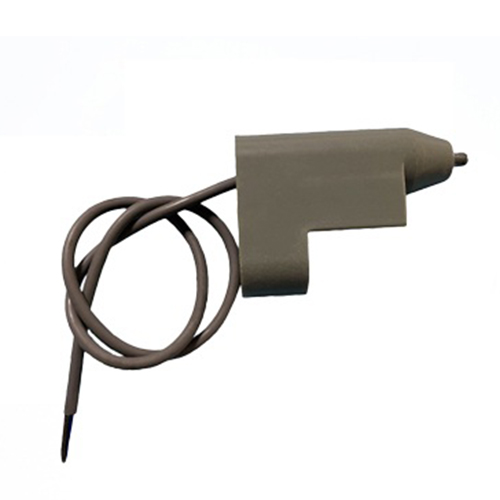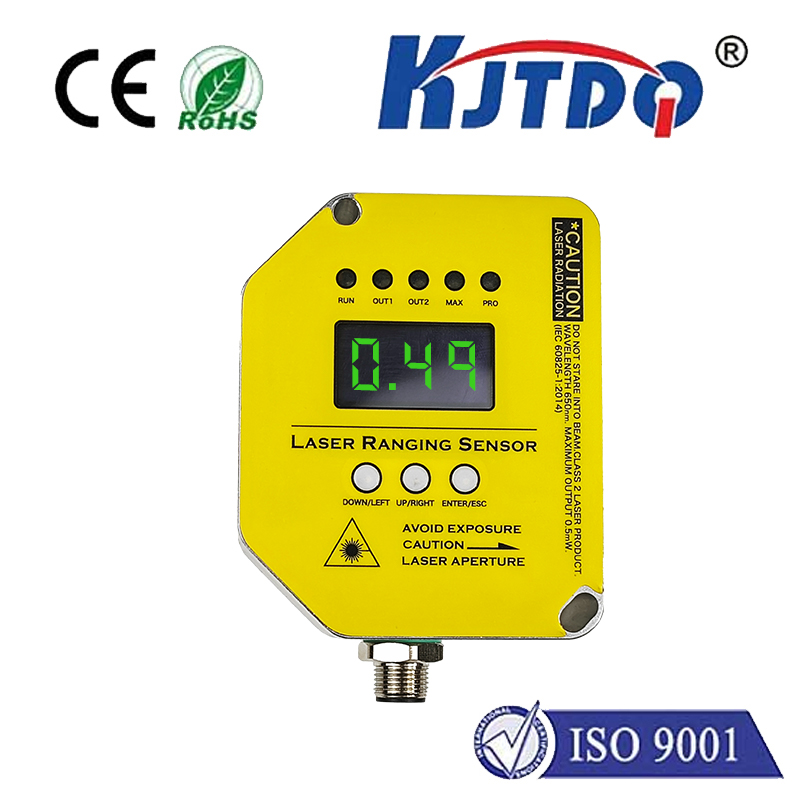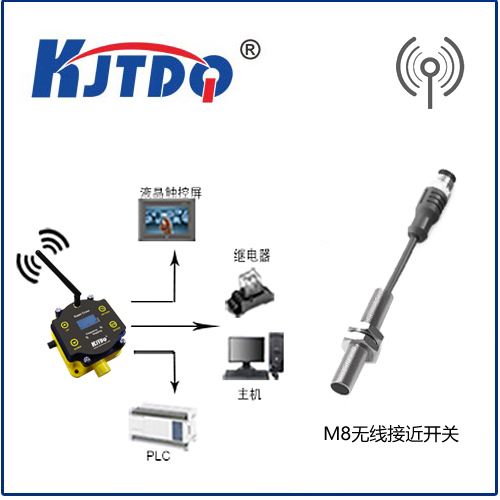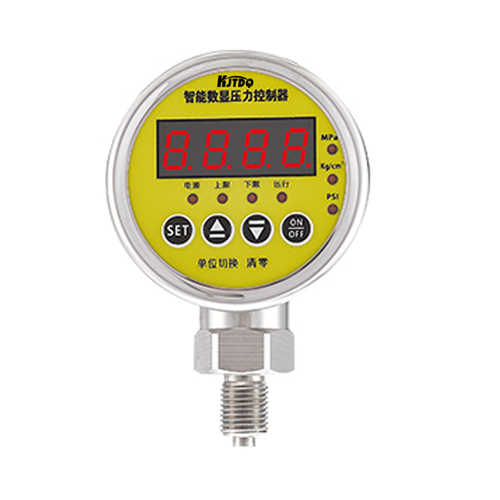

check

check

check

check

check

check

check

check

check

check
In the rapidly evolving world of technology, the advent of Wi-Fi proximity sensors has opened up a whole new realm of possibilities. These small yet powerful devices have revolutionized the way we interact with the digital world, transforming traditional interfaces into intelligent, voice-controlled and gesture-enabled experiences. Their integration into various industries, from healthcare to retail, has not only enhanced user convenience but also streamlined operational efficiency. This article explores the transformative impact of Wi-Fi proximity sensors on modern society.
Chapter 1: The Emergence of Wi-Fi Proximity Sensors
The introduction of Wi-Fi proximity sensors marked a significant milestone in the history of wireless technology. These sensors utilize Bluetooth Low Energy (BLE) or ZigBee technologies to connect to nearby Wi-Fi networks without requiring physical connections. With their low power consumption and ease of installation, Wi-Fi proximity sensors quickly gained popularity among developers seeking innovative ways to enhance user experience.
Chapter 2: Transforming the Way We Connect
Wi-Fi proximity sensors have significantly transformed the way we interact with our digital devices. Instead of traditional buttons or touchscreens, users can now control their devices simply by waving their hand or by verbally commanding them. This hands-free approach provides unprecedented levels of convenience and accessibility, making it ideal for applications such as home automation, where users can control various appliances with a simple voice command.
Chapter 3: Enhancing User Experience in Industries
Wi-Fi proximity sensors have been instrumental in streamlining operations in various industries, particularly those focused on customer engagement and satisfaction. For instance, retailers can use these sensors to create personalized shopping experiences by tracking customers' movements within a store and providing tailored recommendations based on their preferences. Similarly, healthcare facilities can leverage the capabilities of Wi-Fi proximity sensors to monitor patients remotely, ensuring continuous care even when medical staff is not present.
Chapter 4: Achieving Operational Efficiency through IoT
Wi-Fi proximity sensors represent an integral part of the Internet of Things (IoT), enabling devices to communicate with each other and the cloud without human intervention. This interconnectivity has not only improved productivity but also reduced costs by streamlining processes and minimizing errors. For example, manufacturing plants can use these sensors to optimize their production lines by monitoring machine performance in real-time and identifying potential issues before they escalate.
Conclusion: The Future of Wi-Fi Proximity Sensors
The impact of Wi-Fi proximity sensors far exceeds their initial application in smartphone accessories. As these tiny devices continue to evolve, we can expect to see an increasing number of creative uses across various industries. From enhancing healthcare services to improving public safety, the potential of Wi-Fi proximity sensors is truly limitless. As we move towards an increasingly connected world, the role of these sensors in shaping our daily lives will undoubtedly become more significant.









